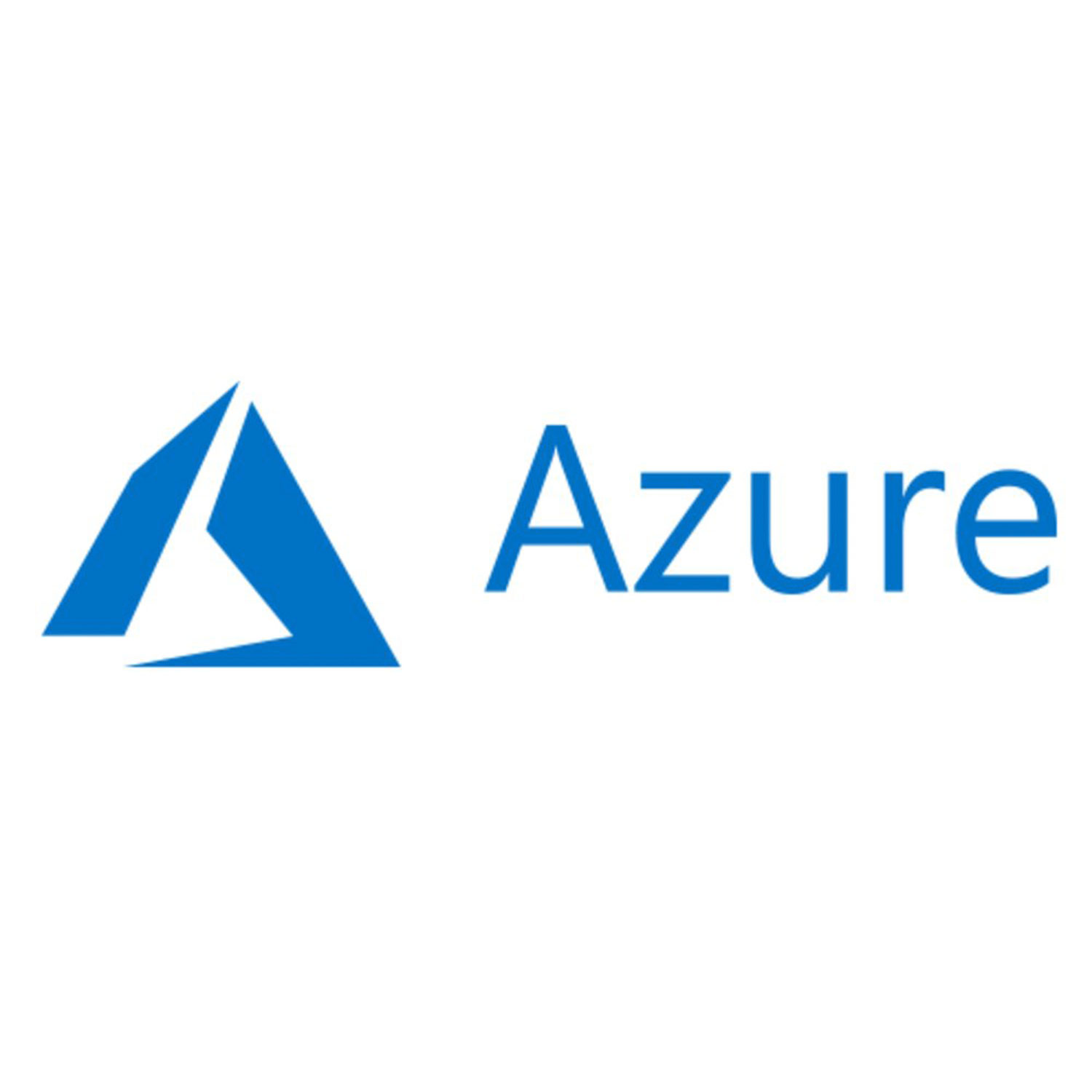Description
About this On Demand Course
The Microsoft on-demand product is an integrated on-line training experience that includes video, labs, exercises, text and knowledge checks. Attendees experience all of this through an on-demand course player.
What’s included?
- Access to the official Microsoft Video on Demand Course for 90 days from the point of first access, allowing you to start and stop when you need to.
- Lab access for 3 months from start of access.
- Digital edition of the Microsoft Official Curriculum (DMOC) manual for reference throughout your course. All DMOC come with fresh editions so your courseware will always be up to date.
- MCT Support via our Microsoft Training Support Yammer Group (you will be invited to the group after registration)
The content is based on the same official courseware we use in our instructor-led training, and videos feature engaging experts hand-selected by Microsoft. Unlike other on-demand offerings that offer simulated labs, MOC On-Demand gives you a live, real-time environment for hands-on training.
About this course
This course is intended for IT professionals who are familiar with managing on-premises IT deployments that include AD DS, virtualization technologies, and applications. The students typically work for organizations that are planning to locate some or all of their infrastructure services on Azure. This course also is intended for IT professionals who want to take the Microsoft Certification exam, 70-533, Implementing Azure Infrastructure Solutions.
Audience profile
This course is intended for IT professionals who have some knowledge of cloud technologies and want to learn more about Azure.
- IT professionals who want to deploy, configure, and administer services and virtual machines (VMs) in Azure.
- IT professional who use Microsoft System Center to manage and orchestrate server infrastructure.
- Windows Server administrators who are looking to evaluate and migrate on-premises Active Directory roles and services to the cloud.
- IT professionals who want to use Windows Azure to host websites and mobile app backend services.
- IT professionals who are experienced in other non-Microsoft cloud technologies, meet the course prerequisites, and want to cross-train on Azure.
- IT professionals who want to take the Microsoft Certification exam 70-533, Implementing Azure Infrastructure Solutions.
At course completion
After completing this course, students will be able to:
- Describe Azure architecture components, including infrastructure, tools, and portals.
- Implement and manage virtual networking within Azure and connect to on-premises environments.
- Plan and create Azure virtual machines.
- Configure, manage, and monitor Azure virtual machines to optimize availability and reliability.
- Deploy and configure web apps and mobile apps.
- Implement, manage, backup, and monitor storage solutions.
- Plan and implement data services based on SQL Database to support applications.
- Deploy, configure, monitor, and diagnose cloud services.
- Create and manage Azure AD tenants, and configure application integration with Azure AD.
- Integrate on-premises Windows AD with Azure AD.
- Automate operations in Azure management by using automation.
Prerequisites
Before attending this course, students must have the following technical knowledge:
- Completed the Microsoft Certified Systems Administrator (MCSA) certification in Windows Server 2012.
- Understanding of on-premises virtualization technologies, including: virtual machines, virtual networking, and virtual hard disks (VHDs).
- Understanding of network configuration, including: TCP/IP, Domain Name System (DNS), virtual private networks (VPNs), firewalls, and encryption technologies.
- Understanding of websites, including: how to create, configure, monitor and deploy a website on Internet Information Services (IIS).
- Understanding of Active Directory concepts, including: domains, forests, domain controllers, replication, Kerberos protocol, and Lightweight Directory Access Protocol (LDAP).
- Understanding of database concepts, including: tables, queries, Structured Query Language (SQL), and database schemas.
- Understanding of resilience and disaster recovery, including backup and restore operations.
Course Outline
Module 1: Introduction to Azure
This module introduces cloud solutions in general and then focuses on the services that Azure offers. The module goes on to describe the portals that you can use to manage Azure subscriptions and services before introducing Windows PowerShell as a scripting solution for managing Azure. Finally, the module provides explanations and guidance for the use of Azure Resource Manager and Azure management services.
Lessons
Cloud technology overview
Overview of Azure
Managing Azure with the Azure portal
Managing Azure with Windows PowerShell
Overview of Azure Resource Manager
Azure management services
Lab: Managing Microsoft Azure
Use the Azure portals.
Use Azure Resource Manager features via the Azure portal.
Use Azure PowerShell.
After completing this module, students will be able to:
Identify suitable apps for the cloud.
Identify services and capabilities that Microsoft Azure provides.
Use Azure portals to manage Azure services and subscriptions.
Use Windows PowerShell to manage Azure services and subscriptions.
Use Azure Resource Manager to manage Azure resources.
Use Azure Resource Manager to manage Azure resources.
Module 2: Implementing and managing Azure networking
This module explains how virtual networking provides the glue that brings together VMs, web apps, and storage to enable you to publish a service onto the Internet.
Lessons
Overview of Azure networking
Implementing and managing Azure virtual networks
Configuring Azure virtual networks
Configuring Azure virtual network connectivity
Overview of Azure networking in an infrastructure as a service (IaaS) version 1 (v1)
Lab: Using a deployment template to implement Azure virtual networks
Creating an Azure virtual network by using a deployment template
Creating a virtual network by using PowerShell
Configure virtual networks
Lab: Configuring connectivity between the IaaS v1 and IaaS version 2 (v2)
Using a PowerShell script to Connect IaaS v1 VNet and IaaS v2 VNet
Configuring a point-to-site VPN
Using a PowerShell script to connect IaaS v1 VNet and IaaS v2 VNet
After completing this module, students will be able to:
Plan virtual networks in Azure.
Implement and manage virtual networks.
Configure intersite connectivity with virtual networks in Azure.
Configure networking components.
Plan virtual networks in IaaS v1.
Module 3: Implementing virtual machines
This module explains how to implement virtual machines.
Lessons
Overview of IaaS v2 virtual machines
Planning for Azure virtual machines
Deploying Azure IaaS v2 virtual machines
Authoring Azure Resource Manager templates
Overview of IaaS v1 virtual machines
Lab: Creating IaaS v2 virtual machines in Azure
Creating virtual machines by using the Azure portal and Azure PowerShell
Validating virtual machine creation
Lab: Deploying IaaS v2 virtual machines by using Azure Resource Manager templates
Using Visual Studio and an Azure Resource Manager template to deploy IaaS v2 virtual machines
Using Azure PowerShell and an Azure Resource Manager template to deploy virtual machines
After completing this module, students will be able to:
Explain IaaS v2 VMs.
Plan for Azure Virtual Machines.
Deploy IaaS v2 VMs.
Author Azure Resource Manager templates.
Explain IaaS v1 virtual machines.
Module 4: Managing virtual machines
This module explains how to manage virtual machines.
Lessons
Configuring virtual machines
Configuring virtual machine disks
Managing and monitoring Azure virtual machines
Managing IaaS v1 virtual machines
Lab: Managing Azure virtual machines
Configuring availability
Implementing desired state configuration (DSC)
Implementing storage space–based volumes
After completing this module, students will be able to:
Configure virtual machines.
Configure virtual machine disks.
Manage and monitor virtual machines
Module 5: Implementing Azure App services
This module explains how to implement Azure Web App services.
Lessons
Introduction to App Service
Planning app deployment in App Service
Implementing and maintaining web apps
Configuring web apps
Monitoring web apps and WebJobs
Implementing mobile apps
Traffic Manager
Lab: Implementing websites
Creating web apps
Deploying a web app
Managing web apps
Implementing Traffic Manager
After completing this module, students will be able to:
Explain the different types of apps that you can create by using the Microsoft Azure App Service.
Select an App Service plan and deployment method for apps in Microsoft Azure.
Use Microsoft Visual Studio, File Transfer Protocol (FTP) clients, and Azure PowerShell to deploy web and mobile apps to Azure.
Configure web apps and use the Azure WebJobs feature to schedule tasks.
Monitor the performance of web apps.
Create and configure mobile apps.
Use Azure Traffic Manager to distribute requests between two or more app services.
Module 6: Planning and implementing storage, backup, and recovery services
This module explains how to plan and implement storage, backup, and recovery services.
Lessons
Planning storage
Implementing and managing storage
Implementing Azure Content Delivery Networks
Implementing Azure Backup
Planning for and implementing Azure Site Recovery
Lab: Planning and implementing storage
Creating and configuring storage
Using Azure file storage
Protecting data with Microsoft Azure Backup
After completing this module, students will be able to:
Choose appropriate Microsoft Azure Storage options to address business needs.
Implement and manage Azure Storage.
Improve web application performance by implementing Azure Content Delivery Networks (CDNs).
Protect on-premises systems and Azure virtual machines (VMs) by using Azure Backup.
Describe Azure Site Recovery capabilities.
Module 7: Planning and implementing Azure SQL Database
This module explains how to plan and implement Azure SQL Database.
Lessons
Planning and deploying Azure SQL Database
Implementing and managing Azure SQL Database
Managing Azure SQL Database security
Monitoring Azure SQL Database
Managing Azure SQL Database business continuity
Lab: Planning and implementing Azure SQL Database
Creating, securing, and monitoring an Azure SQL Database
Migrating a Microsoft SQL Server database to Azure SQL Database
Restoring a database
After completing this module, students will be able to:
Identify relational database services in Microsoft Azure.
Provision, configure, and manage the Azure SQL Database data-management service.
Configure security for Azure SQL Database.
Monitor Azure SQL Database.
Manage data recovery and availability for Azure SQL Database.
Module 8: Implementing PaaS cloud services
This module explains how to implement platform as a service (PaaS) cloud services.
Lessons
Planning and deploying PaaS cloud services
Managing and maintaining cloud services
Lab: Implementing PaaS cloud services
Deploying a PaaS cloud services
Configuring deployment slots and Remote Desktop Protocol (RDP)
Monitoring cloud services
After completing this module, students will be able to:
Plan and deploy a platform as a service (PaaS) cloud service in Microsoft Azure.
Configure PaaS cloud services by using configuration files or the Azure portal.
Monitor the performance of cloud services and diagnose bottlenecks.
Module 9: Implementing Azure Active Directory
This module explains how to implement Azure AD.
Lessons
Creating and managing Azure AD tenants
Configuring application and resource access with Azure AD
Overview of Azure AD Premium
Lab: Implementing Azure AD
Administering Active AD
Configuring SSO
Configuring Mlti-FactorAauthentication
Configuring SSO from a Windows 10–based computer that is joined to Azure AD
After completing this module, students will be able to:
Create and manage Azure AD tenants.
Configure single sign-on (SSO) for cloud applications and resources, and implement Azure Role-Based Access Control (RBAC) for cloud resources.
Explain the functionality of Azure AD Premium and implement Azure Multi-Factor Authentication.
Module 10: Managing Active Directory in a hybrid environment
This module explains how to manage Active Directory in a hybrid environment.
Lessons
Extending on-premises Active Directory domain to Azure
Implementing directory synchronization by using Azure AD Connect
Implementing federation
Lab: Implementing and managing Azure AD synchronization
Configuring directory synchronization
Synchronizing directories
After completing this module, students will be able to:
Extend an on-premises Active Directory domain to Microsoft Azure.
Synchronize user accounts between on-premises AD DS and Azure AD.
Set up SSO by using federation between on-premises Active Directory and Azure AD.
Module 11: Implementing Azure-based management and automation
This module explains how to implement Azure-based management and automation.
Lessons
Implementing Microsoft Operations Management Suite (OMS)
Implementing Azure Automation
Implementing Automation runbooks
Managing Azur Automation
Lab: Implementing Automation
Configuring Automation accounts
Creating runbooks
After completing this module, students will be able to:
Implement Microsoft Operations Management Suite (OMS) solutions.
Implement the core components of Microsoft Azure Automation.
Implement different types of Azure Automation runbooks.
Manage Azure Automation by publishing runbooks and scheduling their execution.
Additional Reading
To help you prepare for this class, review the following resources:
https://azure.microsoft.com/en-us/documentation/




